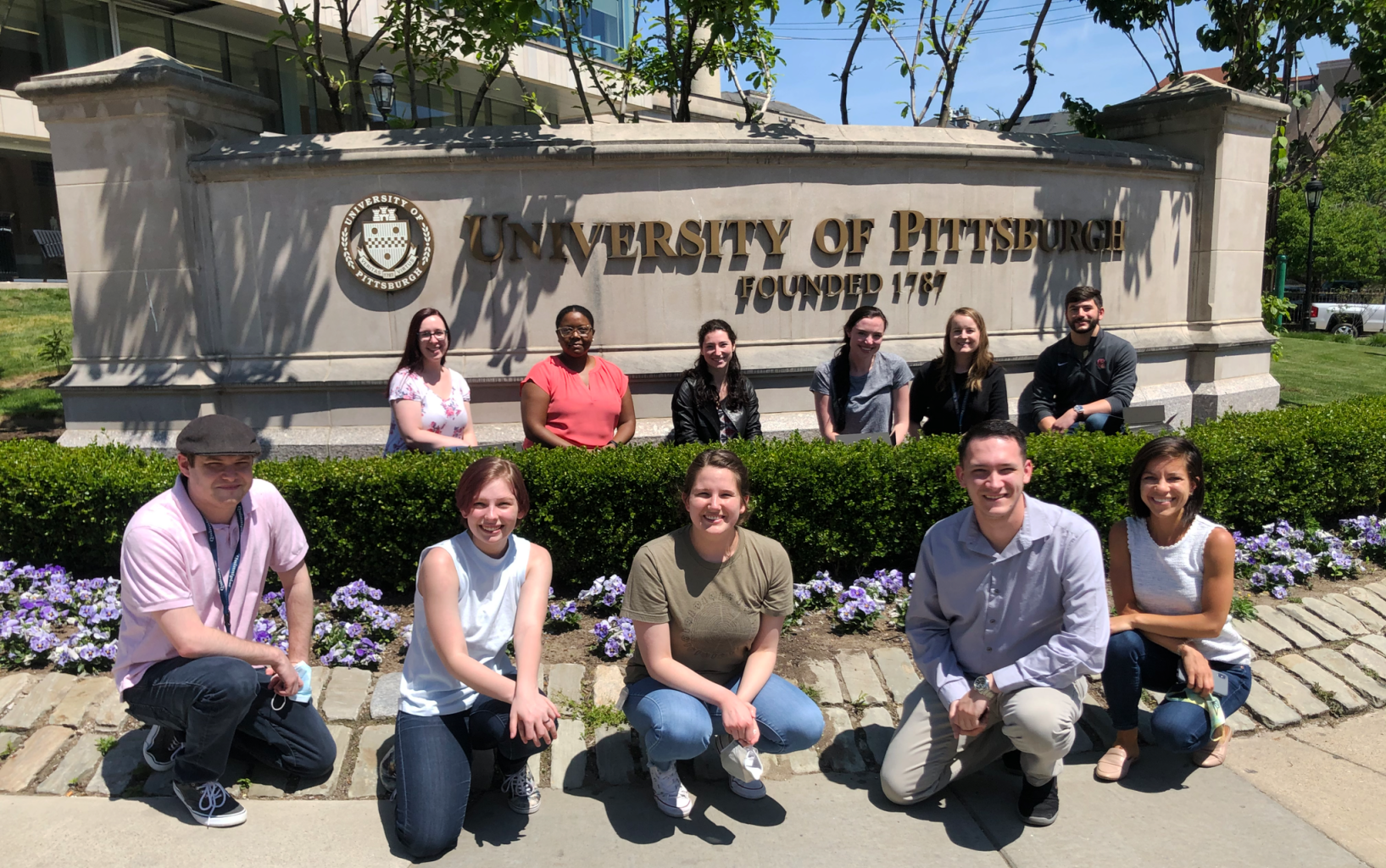
The Department of Infectious Diseases and Microbiology is known for our outstanding research and public health initiatives against several infectious agents, including HIV-1, the AIDS virus, SARS-CoV-2, the COVID-19 virus, influenza flu virus, the Dengue virus and several tick-borne diseases. The results produced from our investigations have significantly advanced our understanding of many deadly infectious diseases.
Current Research Strengths
- HIV-1 immunopathogenesis and immunotherapies towards a cure
- Complications of anti-HIV-1 therapy
- HIV education, prevention and care, and associated intervention development
- Herpesviruses
- Tuberculosis
- Hepatitis viruses, Rift Valley fever virus, dengue virus, and anellovirus
- Lyme disease and other tick-borne pathogens
- Historic Research Highlights
-
- Ground-breaking, placebo-controlled clinical trials on passive immunization with immunoglobulins against poliovirus that helped the development of the Salk polio vaccine
- Discovery of California encephalitis virus
- Discovery of dengue virus types 3 and 4
- Discovery of adeno-associated virus, which is important for use as a viral vector for gene therapy Discovery that cytomegalovirus (CMV) was transmitted via organ transplantation
- Founding the Pitt Men's Study in 1983, part of the Multicenter AIDS Cohort Study, the largest and longest-running study of HIV-1 and AIDS, which has made major findings on the natural history of HIV-1 infection that have been critical for the development of effective treatment and prevention strategies
- Developing a test to measure the level of Epstein-Barr virus (EBV) in blood, which has been used extensively to control and prevent post-transplantation lymphoproliferative disease, a serious EBV-related consequence of solid organ transplantation
- Determining a cell receptor gateway for infection of B lymphocytes, dendritic cells and macrophages with Kaposi's sarcoma-associated herpesvirus, also known as human herpesvirus 8 (HHV-8)
- Provided conclusive evidence that semen from HIV-infected men carries large amounts of virus, and that antiretroviral treatment dramatically reduces the viral load in semen, thereby lowering HIV-1 transmission
- Conducted research that was instrumental in supporting policies for prevention of HIV-1 transmission by treatment of wastewater
- Determining that a single, “viral load” measure of the amount of HIV-1 in a patient’s blood could predict the subsequent risk of AIDS up to 10 years later, which is used world-wide as the most important determinant of clinical HIV-1 status
- Discovery that professional antigen presenting cells in the small percentage of HIV-infected persons who are able to control and prevent disease progression without antiviral drug therapy, have a unique, low level of cholesterol that renders them unable to trans-infect their T cells